How to get Planning Permission for Brownfield Land
The term ‘brownfield land’ is much used in the media, where it’s often heralded as the logical focus for new large-scale housing development.
The phrase may conjure up images of acres of post-industrial degradation, but brownfield plots can provide excellent opportunities for self-builders.
So what exactly does brownfield mean, when might this kind of site be suitable for one-off home building projects and – should you find one – what are the challenges you might face in securing planning consent?
What is brownfield land?
The word ‘brownfield’ doesn’t actually appear in the National Planning Policy Framework (NPPF), which is the principal statement of government planning policy. Instead, the NPPF refers to previously-developed land. This is more closely defined as:
“… land which is or was occupied by a permanent structure, including the curtilage of the developed land (although it should not be assumed that the whole of the curtilage should be developed) and any associated fixed surface infrastructure.”
The full definition sets out a number of important exclusions, including certain types of land situated in built-up areas, such as private gardens, parks, recreation grounds and allotments.
In rural locations, land occupied by agricultural or forestry buildings is also omitted, along with that used for mineral extraction and landfill. If the remains of permanent structures have blended into the landscape over time, these types of site are also barred from the brownfield definition.
The exclusion of private gardens is significant. These types of plot were included in the past, which led to a rash of high-density developments, accusations of ‘garden grabbing’ in the media and an inevitable backlash. This culminated in gardens being redefined.
Interestingly, however, the latest draft London Plan appears to be looking again at the suburbs as a potential source of land for housing, and refers to higher densities being desirable to meet demand.
Brownfield registers
Recent legislation requires councils to set up and keep registers of brownfield land. Local authorities are supposed to include all brownfield plots suitable for housing on Part 1 of their registers. They must then assess those sites and, where possible, grant planning permission in principle. Those with consent then go on a Part 2 register.
There’s a minimum size threshold of 0.25 hectares or land suitable for five dwellings, although councils do have some discretion to include smaller sites. These registers could become a useful plot finding tool, as they contain information on ownership, planning, suitability and availability for housing.
Under the Right to Build legislation (which is technically known as the Self-build and Custom Housebuilding Regulations), councils are also obliged to keep a roster of everybody keen to self-build in their area. As part of this duty, they must also ensure there’s a sufficient supply of serviced plots to meet the demand identified on their Right to Build registers.
Read more: Complete Guide to Right to Build
It will be interesting to see to what degree councils turn to their brownfield registers when seeking to identify land suitable for self-build projects.
Should I prioritise this kind of plot?
The fact that a plot is considered to be brownfield isn’t a panacea for gaining planning permission. In theory, these sites are subject to the same policy constraints as any other site.
So, broadly, if the plot is inside a development or built-up area boundary defined in a Local Plan, then it should be suitable for a new dwelling. If it’s outside such a boundary, and therefore in a zone that’s considered to be in the countryside, then house building would usually be unacceptable in principle.
That’s the theory, but in practice it is possible to gain planning permission on brownfield sites in countryside, particularly if they’re a nuisance or an eyesore. Plots on the edge of settlements are often the first place councils consider for new housing (if that settlement is set to expand).
Substantial brownfield sites, such as former hospitals or other government land, are often targeted for large-scale housing developments. The Graven Hill self-build site in Oxfordshire, where over 1,900 individual homes are set to be constructed, is a good example of this, as the land was formerly owned by the Ministry of Defence.
At the single plot end of the scale, small industrial workshops or storage units enjoy permitted development rights for conversion to housing in any case; regardless of whether they’re located in built-up areas or set in the countryside.
So consider whether this approach would be an easier route to creating your dream home. The right to change the use of storage buildings doesn’t apply in areas of outstanding natural beauty or national parks, but you can convert industrial buildings.
You’ll need approval from the local authority before you can exercise these rights, but the council can only consider traffic generation, contamination risk, flood risk, and if the project would impact on business and storage uses in the area. So there’s less subjectivity than with a full planning application.
Brownfield benefits
If you’re self-building on previously-developed land, you may well have the opportunity to show that your scheme will enhance the site and surroundings.
These improvements could be visual – for example you might be replacing unsightly or rundown structures. Or they might help in reducing traffic movements, noise, smells, pollution or just general activity in the area.
Vacant brownfield land may be susceptible to vandalism, too, so local residents are often happy to see it devoted to housing – unlike with greenfield (previously undeveloped) sites. If your project has the potential to enhance nearby residents’ amenities, be sure to point this out by submitting a supporting statement alongside your planning application.
Strength of local support can help to overcome objections from planning officers, but you’ll need to get councillors on board and have your application taken to committee in order for this to be effective.
Brownfield challenges
It’s important to note that these plots can be subject to planning policies that seek to retain employment generating uses.
Some councils apply such policies to established industrial and business sites specified in their Local Plan. If it’s a small site, though, the pressure for new housing is likely to trump retention of the business use, and this should certainly be the case where conversion to residential is already a possibility through permitted development rights.
Brownfield sites (including industrial premises, workshops, garages or petrol stations) can all be susceptible to contamination. If there’s a chance of this, you’ll need to get a survey done to accompany your planning application.
If there is an issue, you’ll then have to agree with the council what will be done to sort it out. Identification and remediation of contamination can add significant cost to your build budget so needs to be carefully considered from the outset of a project.
Perhaps surprisingly, ecology – specifically the presence of protected species – can be a significant issue on brownfield sites. Empty buildings can harbour bats or owls. Vacant land, perhaps with areas of hard surfacing, can be suitable habitat for reptiles, while ponds can harbour newts.
Where protected species are suspected, again, you’ll need to have this surveyed and include the results with your planning application. If there’s a likelihood of protected species, or their presence is detected, then details of exactly what’s there and how they will be protected during the build will need to be agreed with the council.
As well as the implications for your budget, you also need to think about timing. Many protected species cannot be fully surveyed in winter as they’re hiding away in hibernation. Discovering the need for a survey in November could lead to a five-month delay until it can actually be done in the spring.
Conclusions
Brownfield plots can offer good opportunities for self-builders, including in locations where planning permission might otherwise be hard to get. They also present challenges, however, necessitating a realistic approach to budgeting and project timescales.
Now the new brownfield registers are starting to be compiled, it will be interesting to see whether these help with identifying one-off sites, and how much use councils make of them in meeting their duty to provide plots for people keen to build their own homes.
Top image: Andrew Laing and June Russell found the perfect plot for their new-build Edinburgh city-centre home in the form of a disused car park, which had previously hosted a motorbike repair shop. Read more

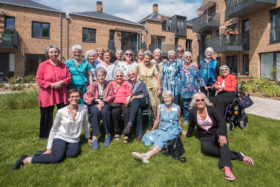




































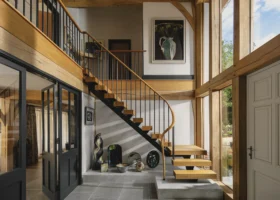
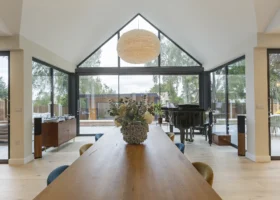

























































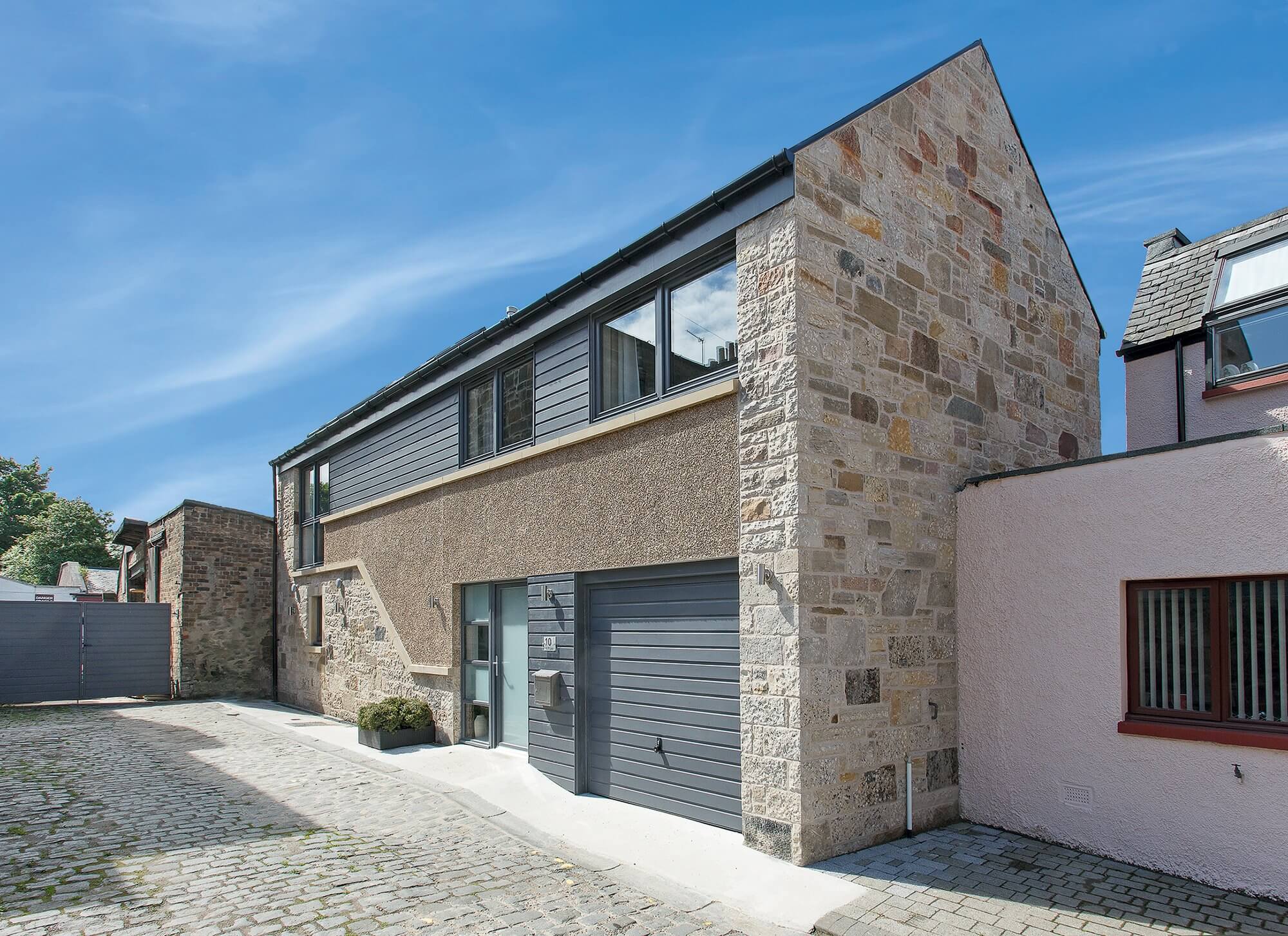
 Login/register to save Article for later
Login/register to save Article for later

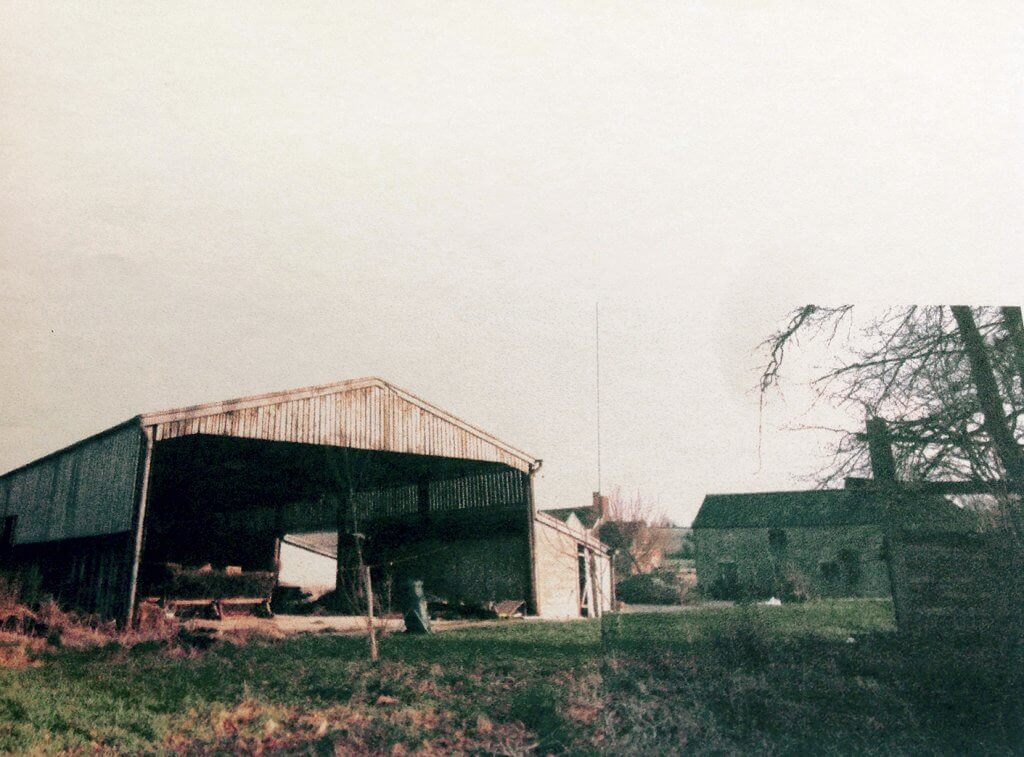
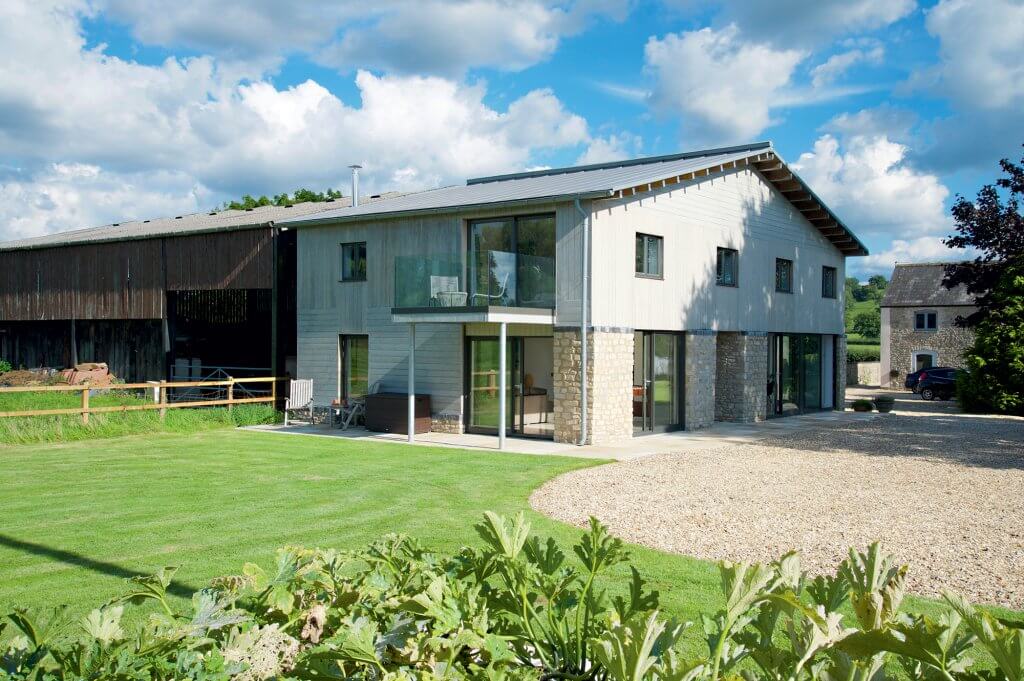
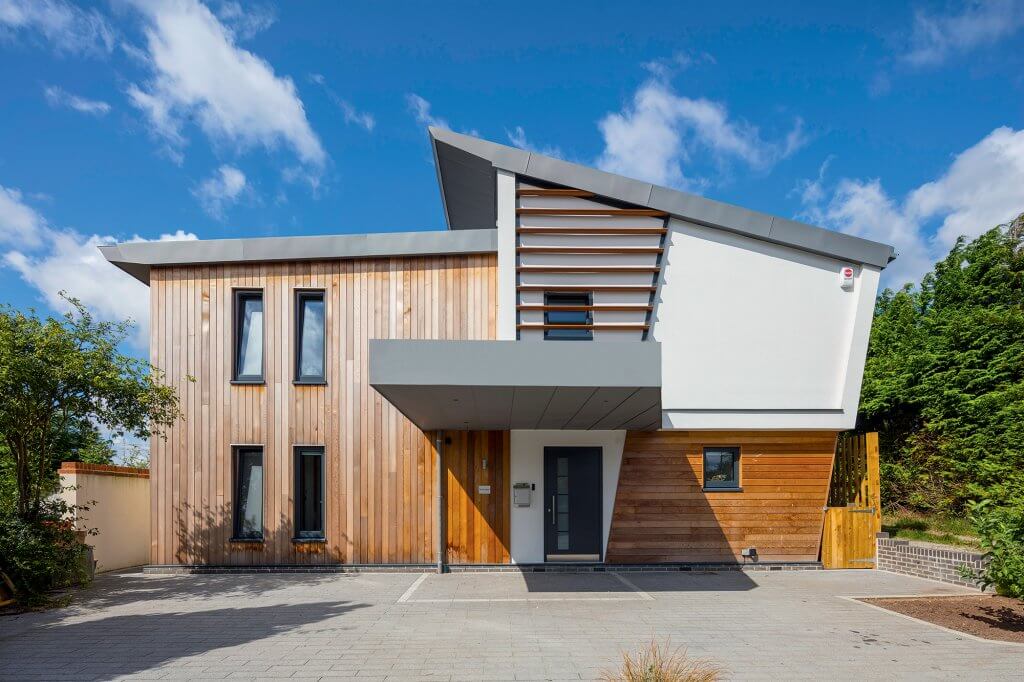
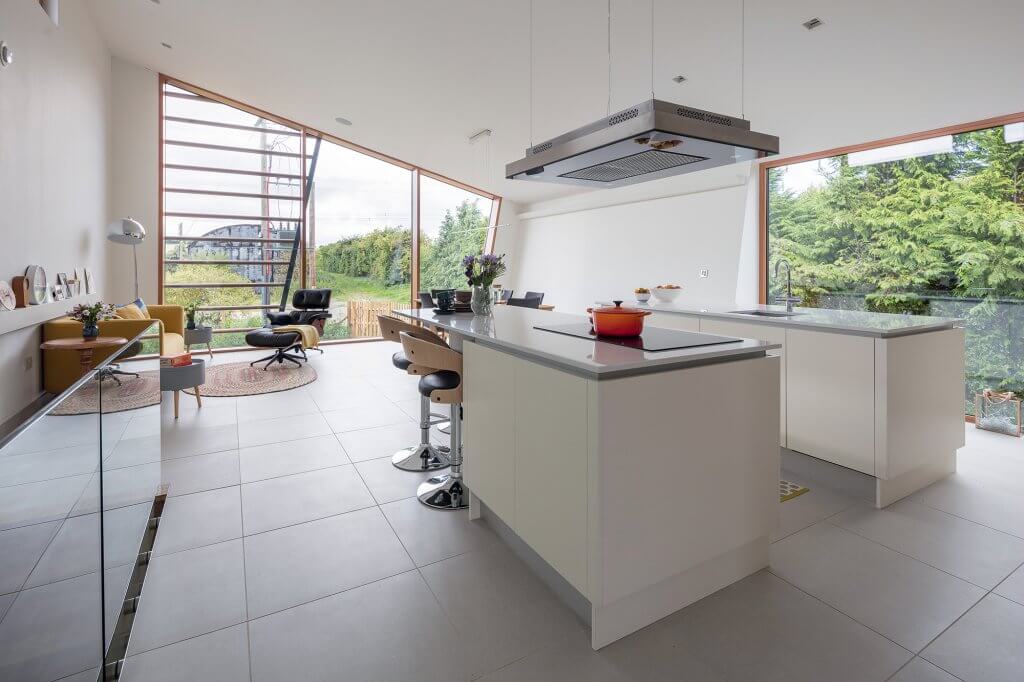



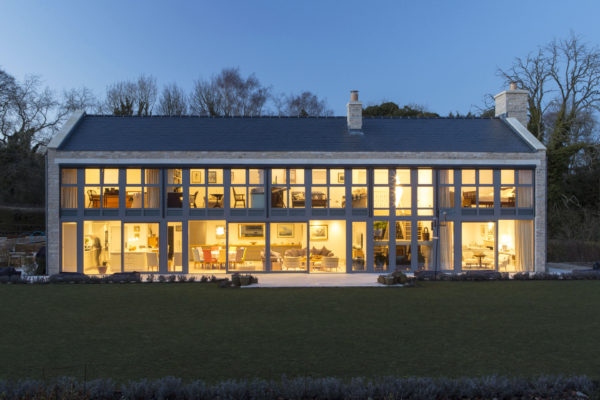
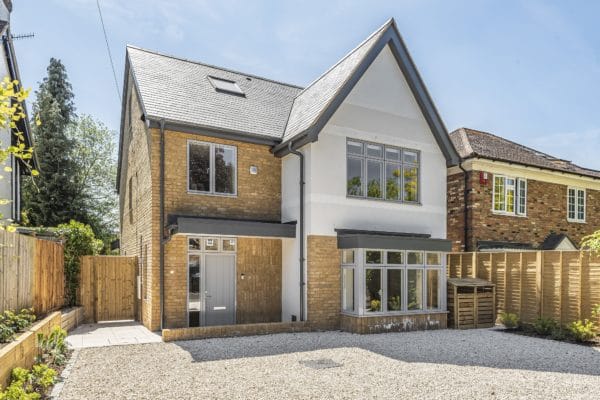
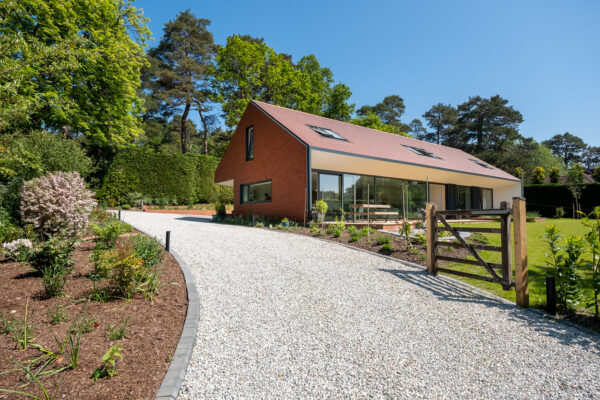
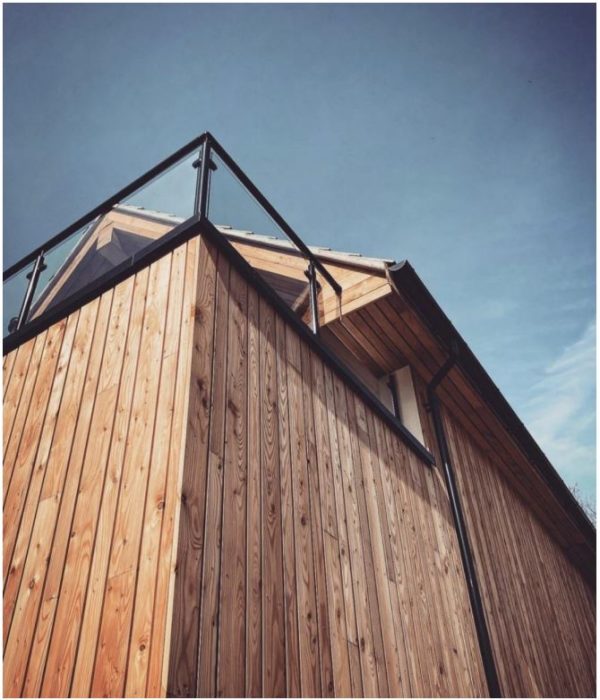




Do you have the source/regulations that this paragraph comes from?
“At the single plot end of the scale, small industrial workshops or storage units enjoy permitted development rights for conversion to housing in any case; regardless of whether they’re located in built-up areas or set in the countryside.”
It would be super helpful with our currently planning application! Thank you
I just checked the brownfield register for my local authority and they only show plots that are over 0.25 hectares suitable for 5 dwellings as per the legislation. These plots would be too big for my needs.
Any tips for finding smaller brownfield plots suitable for 1 dwelling?
Hi James,
Many thanks for your question.
Whilst the brownfield register might not meet your needs, all local authorities are required to keep a register of self builders who wish to build their own home and should be identifying and bringing forward sites. Whilst it may take some time for them to become available, it would be worth being on this list to see if something suitable comes up. In the meantime, look at other sources such as plot finding websites (Build It have a Plot Browser website dedicated to this – http://www.plotbrowser.com), and speaking to local land agents about sites they may be aware of. You could also look at sites and pieces of land which come up at auction. There will also be developers and landowners who may get planning permission for plots for custom and self build, which have already taken some of the risk out of the planning process. These may come up through the self build register but might also be found through looking at the council’s planning decisions.
Hope this helps.
Julia Riddle (Planning Expert)